In the late 19th and early 20th centuries, the patriotic movement of the Tay Ninh people developed strongly, making the French colonial government extremely worried. To suppress the movement, they built Tay Ninh Prison to detain and terrorize patriots and revolutionary soldiers who dared to stand up against the yoke of domination.
Since its inception, the Prison has been a symbol of the brutality of the colonial regime and a tool to suppress the people's will to fight.
Part of the former Prison is preserved as a historical relic.
After the Geneva Agreement in 1954, the US imperialists and their puppet government continued to use the Prison to detain and torture revolutionary soldiers, patriotic masses, and intellectuals and dignitaries who opposed the dictatorship.
One of the crimes associated with Tay Ninh Prison was the arrest and execution of comrade Hoang Le Kha - Member of the Standing Committee of Tay Ninh Provincial Party Committee. Arrested on August 5, 1959, despite being brutally tortured, he still maintained his communist spirit, loyal to the Fatherland and his comrades. Failing to subdue his will, the Saigon government brought him to a special mobile military court on September 20, 1959 and sentenced him to death. Mr. Hoang Le Kha became the last person to be beheaded under the Ngo Dinh Diem regime under Law 10/59.
According to witnesses who were detained here, Tay Ninh Prison was solidly built with 20-40cm thick bricks, surrounded by a 4m high wall with sharp pieces of glass to prevent prisoners from escaping. The entire area has an area of over 3,600m², including many parallel rows of houses along the North-South and East-West axes. Each cell is just over 50m², sometimes holding up to a hundred people.
Prisoners had to lie crowded on the cement floor, without blankets or pillows. All activities, including urination, took place in cramped, damp cells. Water tanks were rarely full, making the air stuffy and suffocatingly foul. Prisoners lived without enough food, without enough nutrients, with polluted environments, lack of medicine, and many illnesses. Intestinal diseases were quite common, especially dysentery.
During the two resistance wars against France and the US, Tay Ninh Prison detained hundreds of cadres, party members, revolutionary soldiers and patriotic people. Despite being terrorized, beaten and starved, they remained united, secretly organized propaganda, studied politics and nurtured the spirit of struggle right in the dark prison.
Since 1957, in the harsh prison, the loyal communists still maintained contact with the Provincial Party Committee, secretly established Party cells, led prisoners in the struggle, cared for each other and protected their integrity. Tay Ninh prison with loyal people together established a communication line connecting the Party organization outside with the inside of the prisons, between Con Dao prison and the mainland.
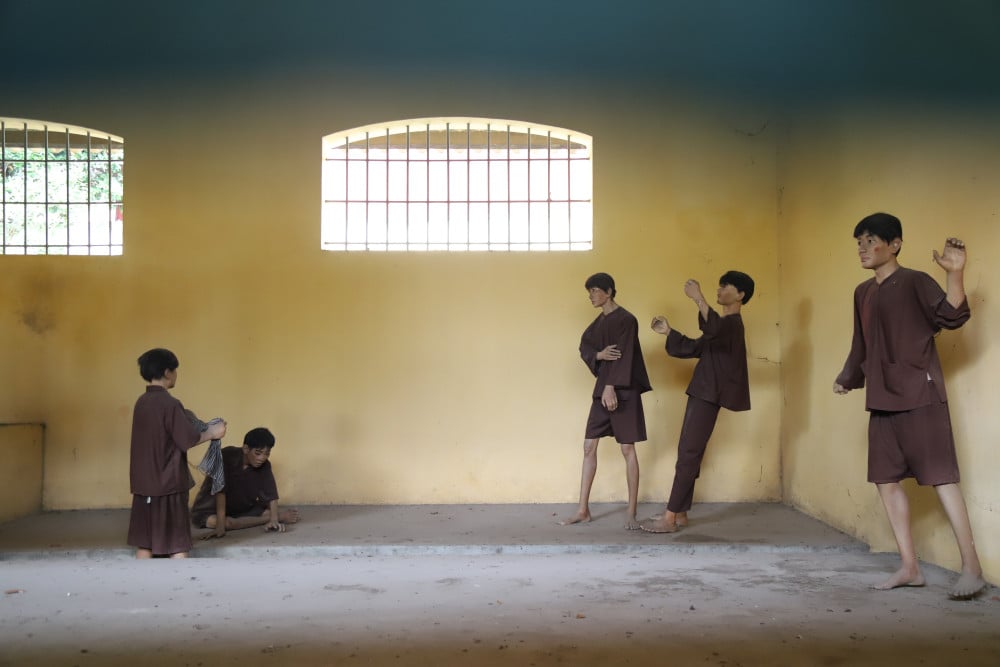
Inside the prison cells, models of revolutionary soldiers are recreated.
Journalist Nguyen Tan Hung - former Secretary of the Tay Ninh Newspaper (old), once wrote an article entitled "On the occasion of the restoration of the Tay Ninh Prison Relic: The story of one end of the line", he commented: Tay Ninh Prison is one end of the line in the "Con Dao Line".
He wrote: “Once when I visited Con Dao, the island known as “hell on earth”, I heard the tour guide introduce the “Con Dao Line”, which was a secret communication line between revolutionary prisoners during the resistance war, who were then called “political prisoners”, and the central agency of the revolution in the South, I suddenly speculated: So one end of the line was in Con Dao, and the other end was definitely in Tay Ninh! Because for almost 15 years of the resistance war against the US, the Central Office for the South had its base in Tay Ninh, except for the first year in Ma Da forest in Dong Nai. […] I met a person whom I believe knew about the “Con Dao Line”, because he was the leader of the Tay Ninh Provincial Party Committee during the period of fighting the US and saving the country: Mr. Nguyen Van Hai, often called Uncle Bay Hai, former Secretary of the Provincial Party Committee before the liberation day and Standing Deputy Secretary of the Provincial Party Committee after the liberation day. Luckily, Uncle Bay Hai was the person assigned by comrade Nguyen Van Linh, Secretary of the Central Office task of establishing the "Con Dao Line" and directing the operation of the mainland line.
It was from this place that seemed to "bury" people that revolutionary will was tempered, and political prisoners without weapons in their hands made a great contribution to making the glorious history of the nation.
After the takeover, Tay Ninh Prison was handed over to Tay Ninh Provincial Police (before the merger) for management. The unit used part of the facility for the Political Department to work; the remaining part was preserved as a provincial historical relic.
Currently, the Tay Ninh Prison Historical Site still has 2 prison cells along the South - North, East - West axis with the main facade facing Tran Quoc Toan Street, the East side borders Ham Nghi Street, the West side borders 30/4 Street, behind is the headquarters of Tay Ninh Newspaper (old). The total area of the site is 1,954.5m², including the protected area (1,316.64m²) and the adjacent land is the park landscape area (bordering 30/4 Street).
To preserve and maintain the site well, in 2013, the Department of Culture, Sports and Tourism invested more than 5.3 billion VND to restore and renovate it and hand over the current status to the People's Committee of Tay Ninh City (old) for management in 2014.
In 2020, from the City budget, the relic continued to be invested nearly 290 million VND to prevent termites, replace roofing, purlins, and repaint the entire house frame, ensuring that the relic remains intact and safe for visitors. Inside the relic, models recreating the living scenes of prisoners and the enemy's torture methods help viewers visualize the pain that the previous generation experienced.
Currently, the relic is handed over to the People's Committee of Tan Ninh Ward for management. Over the past century, Tay Ninh Prison has witnessed many historical ups and downs, many fates buried in darkness, but from there, the light of patriotism and revolutionary belief has been lit.
From "hell on earth", this place has become a symbol of the indomitable spirit, courage and indomitable will of the people of Tay Ninh./.
Khai Tuong
Source: https://baolongan.vn/kham-duong-tay-ninh-chung-tich-mot-thoi-mau-lua-a205703.html






![[Photo] Opening of the 14th Conference of the 13th Party Central Committee](https://vphoto.vietnam.vn/thumb/1200x675/vietnam/resource/IMAGE/2025/11/05/1762310995216_a5-bnd-5742-5255-jpg.webp)

























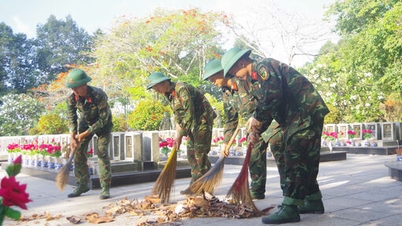
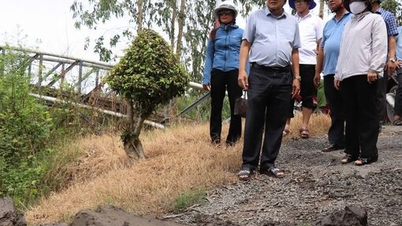





![[Photo] Panorama of the Patriotic Emulation Congress of Nhan Dan Newspaper for the period 2025-2030](https://vphoto.vietnam.vn/thumb/1200x675/vietnam/resource/IMAGE/2025/11/04/1762252775462_ndo_br_dhthiduayeuncbaond-6125-jpg.webp)






















































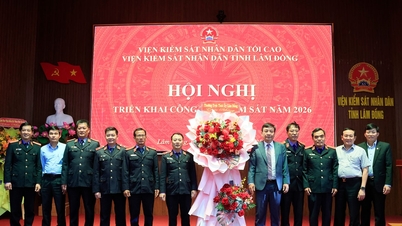



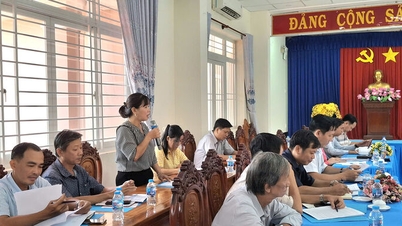

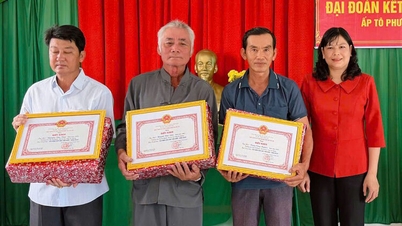

















Comment (0)